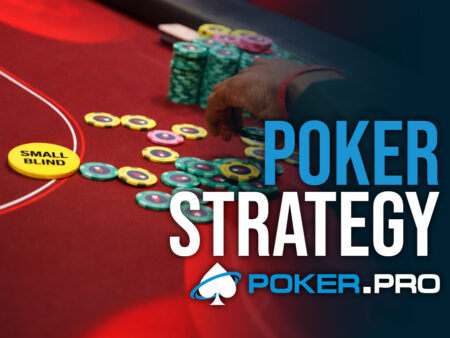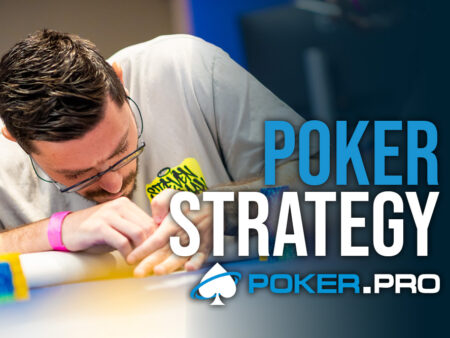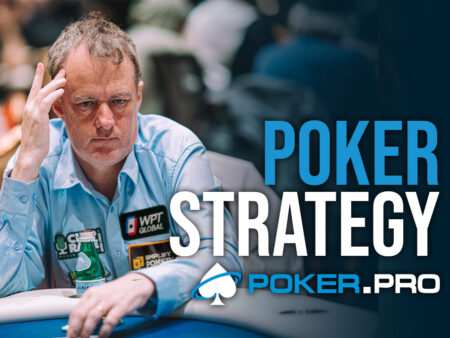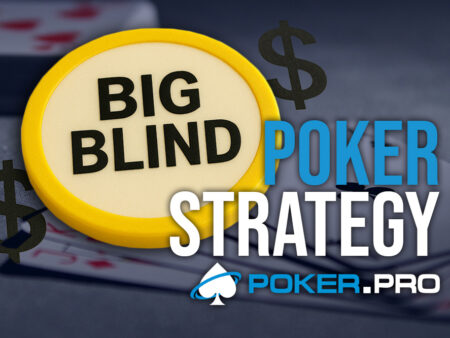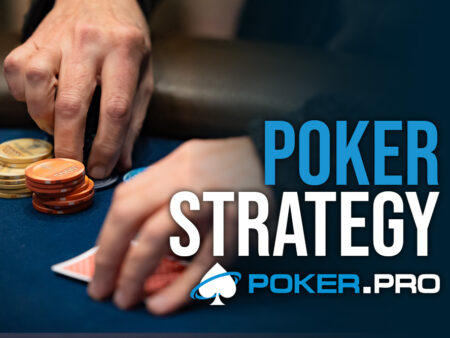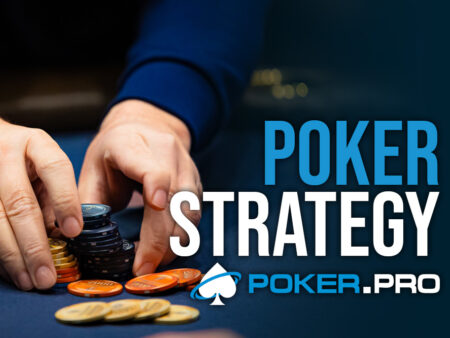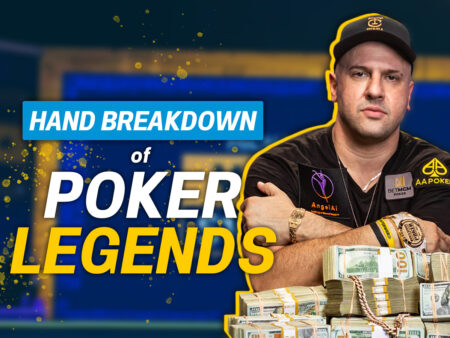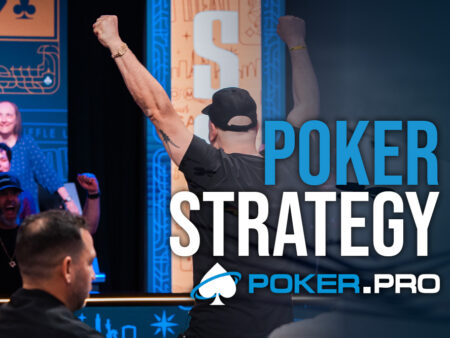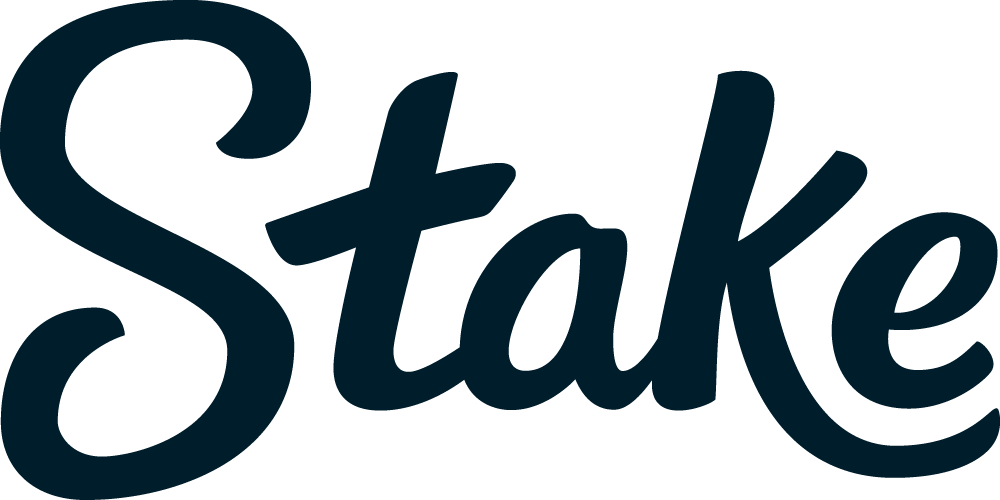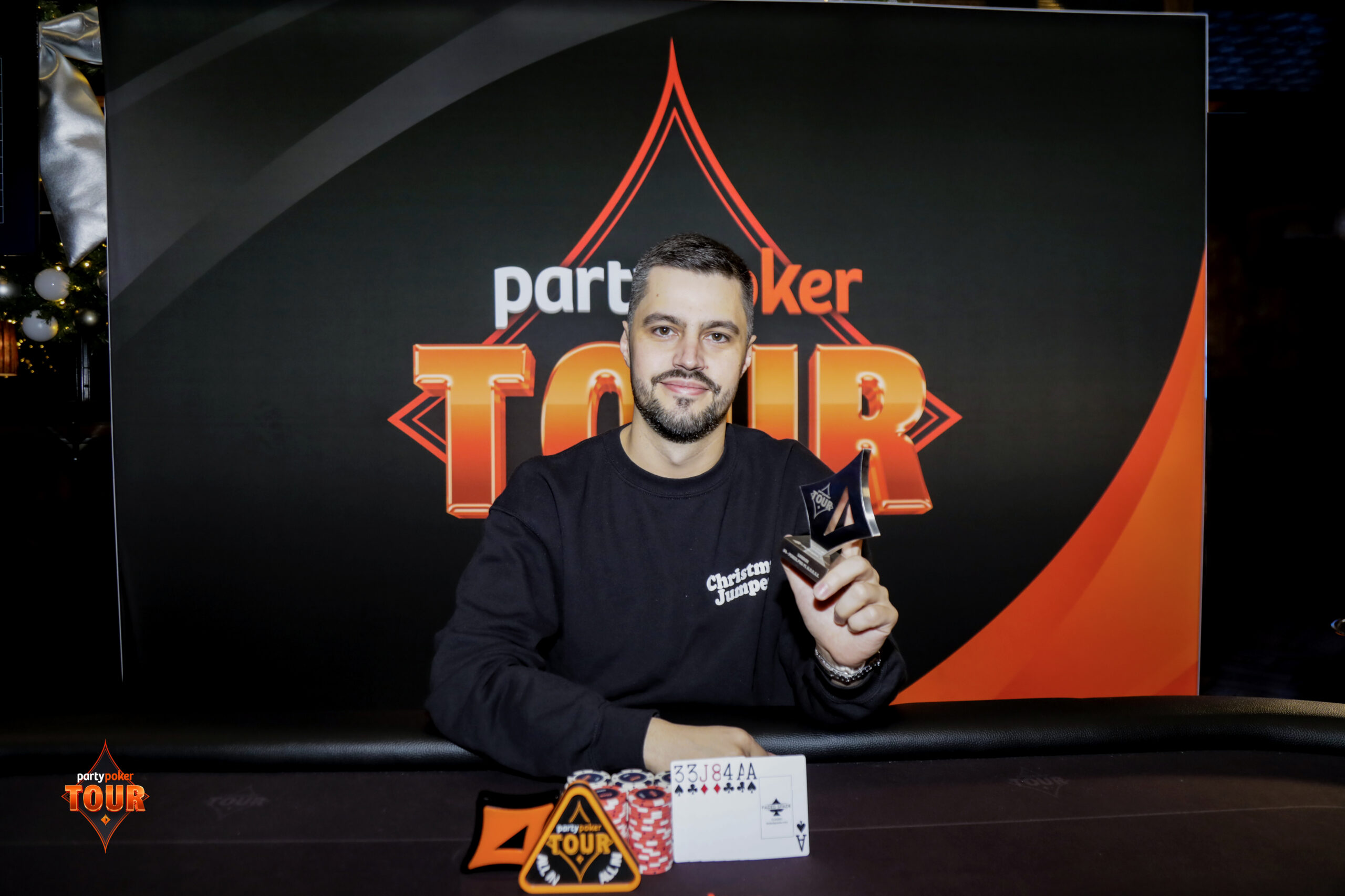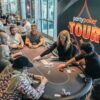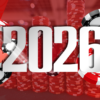The most popular poker festival, the 2025 World Series of Poker (WSOP), is in full swing, grabbing the poker world’s attention and attracting a wider audience. But after watching a few clips of hands and videos of final table play, I have to say I wasn’t impressed with the skill of professional players who are regarded as some of the best in the world.
One hand in particular stood out to me as an example of the kind of play that raises eyebrows. It featured David Peters, who navigates a tricky spot against (always loud) Martin Kabrhel in a $250,000 Super High Roller event.
You can watch the hand below, starting at 4:49:30. Let’s break it down.
David Peters Bluffs Martin Kabrhel
The hand started with Kabrhel opening to two big blinds from HJ with 10♥8♥. Negreanu called in CO with A♦J♦, and Peters called in BB with A♠J♣. The pot was eight big blinds. I don’t like Negreanu’s flat in CO with A♦J♦, and I would like to see a small ISO raise to prevent players behind him from calling and to play in position against a wide range of Kabrhel.
The flop came 8♦8♠J♠, giving Kabrhel trips, and both Negreanu and Peters hit the top pair, top kicker, and are in a bad spot. Peters checked, and Kabrhel bet one big blind; Negreanu called, Peters raised to 3.75 big blinds, Kabrhel re-raised to 7 big blinds, Negreanu folded, and Peters called.
There were many bad plays made here, in my opinion, and the first one was Kabrhel’s one big blind bet. This doesn’t achieve much except it lets players see the cheap turn and outdraw you (small to medium bet is better as you want to charge Jx and flush draws), but another mistake was from Peters, who is check-raising against two players (who already have bet and called) who both have 8x in their range and can push him out of the pot if they for some reason decide to shove or raise their K♠Q♠, Q♠10♠, 10♠9♠, any weaker FD or like it happened 8x. He is also behind 8x, and all overpairs and his raise don’t achieve much, especially as he should keep the pot size smaller since he has A♠ and decent backdoor potential; also, he doesn’t want folds from weaker Jx and smaller pocket pairs like TT, 99, 77, 66, 55 which are in both players range.
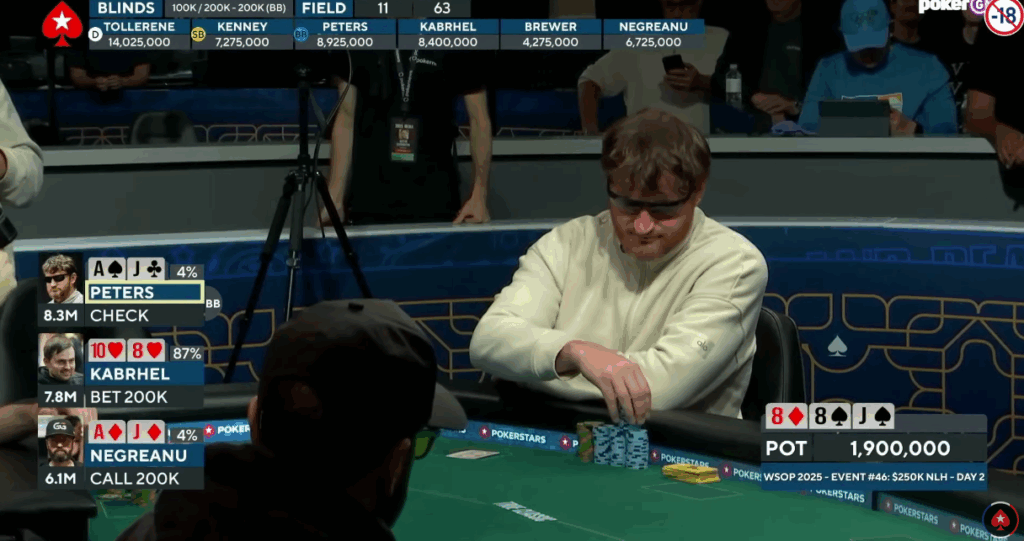
Kabrhel did re-raise him, and now Peters is in a tough spot with very few good turns, but his hand is too good to fold, and he calls. Here, I wish to see bigger sizing from Kabrhel as we want to put Peters Jx or flush draws in a tough spot. The board is paired and calling big re-raises with flush draws seems like a bad play, especially on the final table ITM bubble. Peters called.
The turn was 3♠ putting down the third flush card, giving some equity to Peters, who checked, and Kabrhel also checked. I think when flush completes on the turn, it changes the value of the hands, and now Kabrhel doesn’t have a really strong hand but is just a bluff-catcher, basically.
The river comes 9♣ and completes some draws for Kabrhel. Kabrhel bet 10 big blinds, and Peters shoved for close to 35 big blinds, threatening to eliminate Kabrhel if he calls, but actually, Peters is looking at the face of elimination. I also don’t like the shove from Peters since he is just over-bluffing here. He has a top pair, top kicker, and flush blocker. What is Peters expecting to get folds from? If they told him Kabrhel had 8x, I’m not sure that Peters is confident he will get trips to fold, so if trips are questionable, what stronger hands is he trying to fold out? Straights are not going to fold, pocket kings with a spade are not folding, pocket queens with a spade are also not folding, and pocket aces may fold, but it is also questionable.
Kabrhel did fold in the end, and I think it was a mistake since it is unlikely for Peters to raise flush draws on the flop against two players since the board is paired, and it would be hard to get folds with that sizing as both have already committed some blinds into the pot.
Peters did dodge the bullet this time, but he also had some luck with the spade on the turn and the opponent’s mistakes. I don’t think this kind of play is at the high level that we are expecting to see at a $250,000 buy-in tournament.
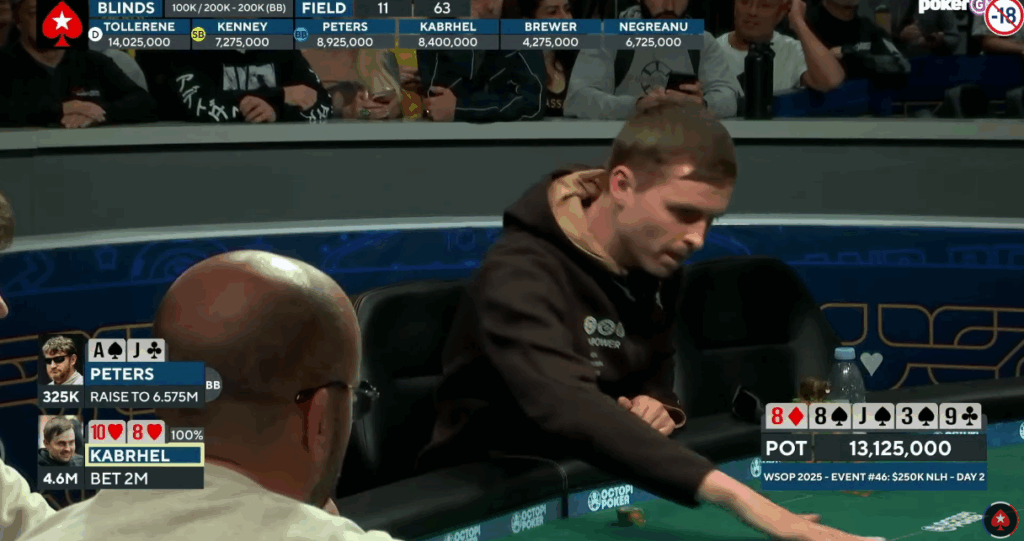
Why Am I Disappointed?
I think tournaments have such a huge game tree, and it’s so hard to learn what to do with every stack size in every spot. However, I think tournament players are getting lazy and are just traveling and putting all their time into playing as many tournaments as possible to have a decent volume, so they do not have the focus, time, or energy to study much. This is a significantly lower level of skill compared to high-level cash games, especially online.
This isn’t the first or last video I’ve seen where players who are regarded as top regulars make basic mistakes, and I will break down more of them in the upcoming weeks.
- Read more: Process of Modern Poker Study
